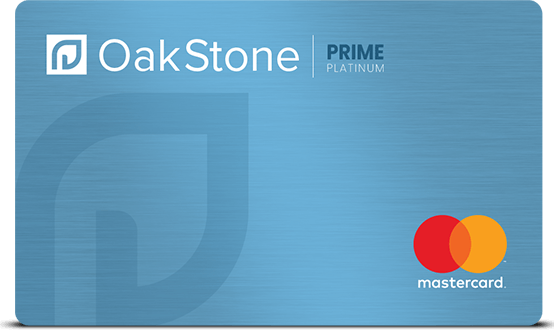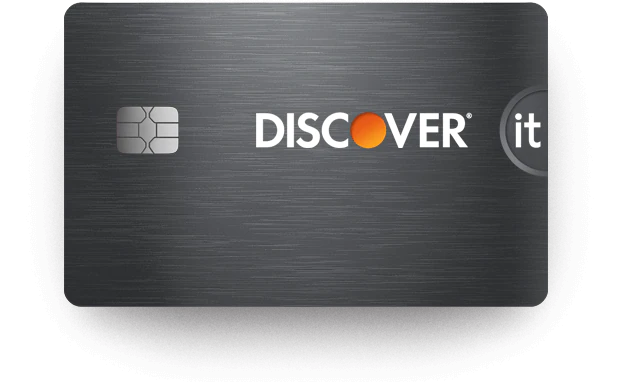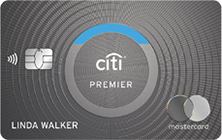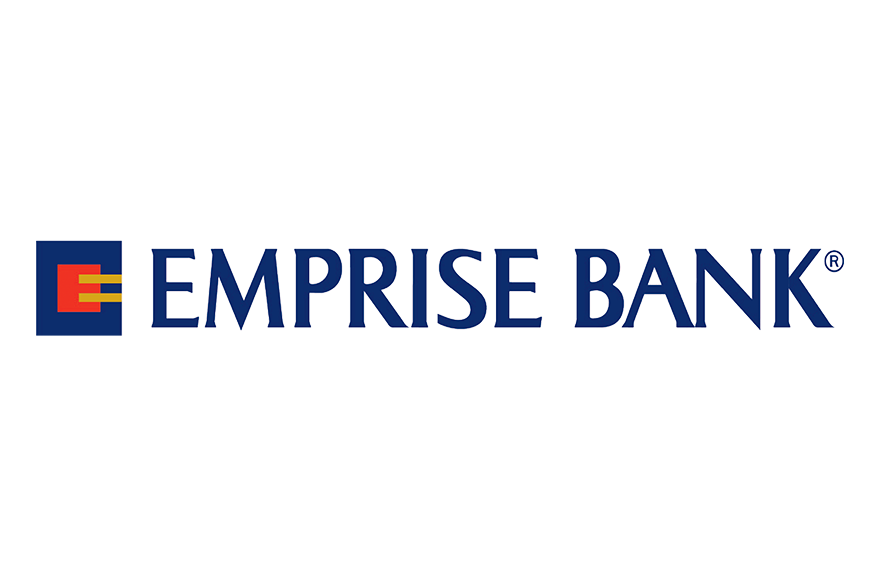Sallie Mae Student Loans full review
Take a look at the review of Sallie Mae, a lender that collaborates with part-time students and offers flexible repayment options.
Experience is Key: Exploring Sallie Mae Student Loans
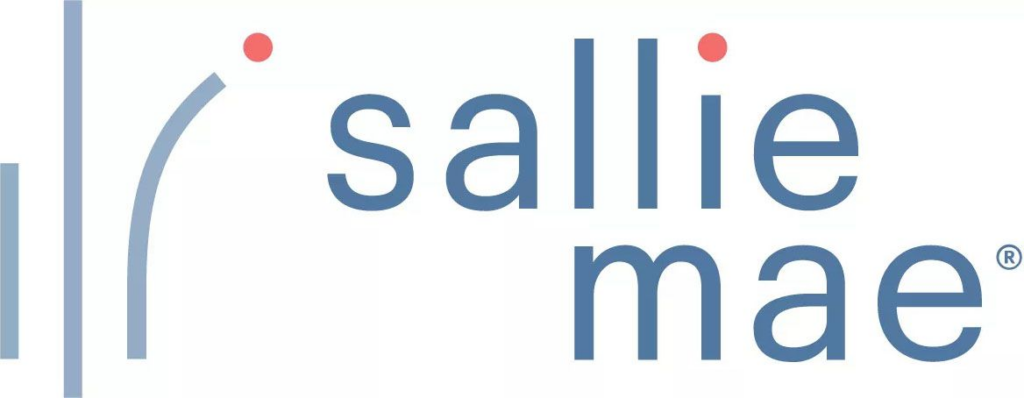
Sallie Mae, founded in 1972 as a publicly traded banking company, provides federal student loans. However, the company currently only offers private student loans to undergraduate, graduate, and job-training students seeking financial assistance for their education.
What sets Sallie Mae apart from other student loan lenders is its flexibility in lending to students enrolled half-time or less, as well as to those studying online or overseas.
When it comes to interest rates, borrowers can choose between fixed or variable rates depending on their program of study and creditworthiness. The variable APR ranges from 1.37% to 11.76%, while the fixed APR ranges from 3.50% to 13.83%.
Students who set up recurring payments can enjoy a 0.25% APR discount and a free four-month subscription to the Chegg learning platform. Additionally, parents who wish to finance their children’s education can apply for a Sallie Mae parent loan.
Sallie Mae student loans boast three flexible repayment options and a six-month grace period, making it an attractive choice for borrowers. DACA recipients residing in the United States or enrolled in U.S. schools, but without citizenship or permanent residency, can also apply for Sallie Mae loans with a co-signer who is a U.S. citizen or lawful permanent resident.
Unveiling the Functionality of Sallie Mae Student Loans
Sallie Mae holds an impressive 56% market share in private student loan originations, making it the leading provider in this space. In fact, the company originated loans worth over $5 billion last year alone.
One of the reasons behind its popularity is Sallie Mae’s wide range of loan options, in-school repayment alternatives, and borrower benefits. While most private loan lenders require students to be enrolled in a degree-granting institution, Sallie Mae’s Smart Option student loan specifically caters to students enrolled in career training programs, such as certificate programs or trade schools.
To qualify for Sallie Mae’s lowest interest rates, borrowers typically need to have excellent credit. However, the company allows borrowers to request cosigner releases after just 12 consecutive months of complete principal and interest payments, setting it apart from other lenders that may require a longer waiting period.
Key Advantages of Sallie Mae Student Loans
Expanded Eligibility
Unlike many lenders, Sallie Mae considers applications from students attending school part-time or who were born abroad, including DACA students.
Discharge for Death and Disability
In the unfortunate event of a student’s passing or total and permanent disability, Sallie Mae offers loan forgiveness, even if the loans are held by parents. This is a significant advantage compared to loans from other lenders, such as government Parent PLUS loans.
There are no origination or application fees with Sallie Mae, and prepayment fees are also non-existent. However, late payments do incur a fee of $25 or 5.00% of the late payment amount, whichever is less.
Cosigner Release
Sallie Mae allows borrowers to request the removal of a cosigner from their loan after just 12 months of on-time payments. In comparison, many other private lenders require several years of on-time payments before granting a cosigner release.
Application Process for Sallie Mae Student Loans
If you’re interested in applying for Sallie Mae student loans, check out our next article for a step-by-step guide on how to apply!

